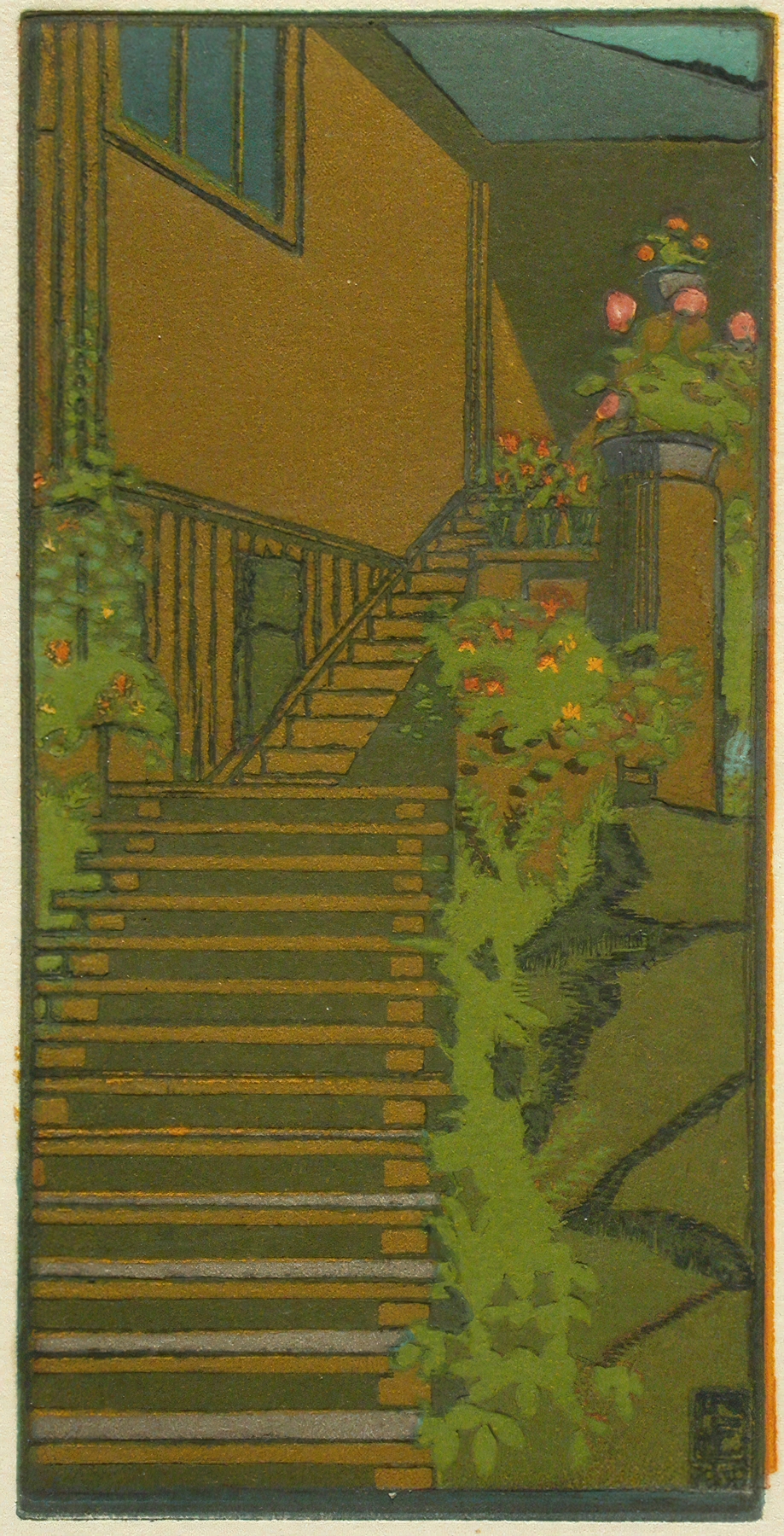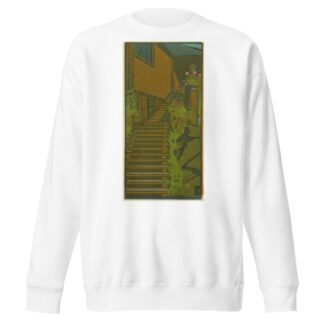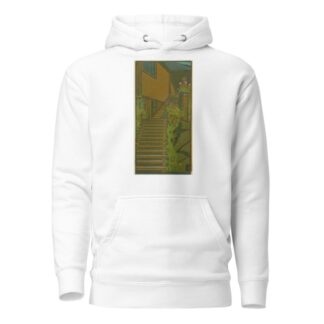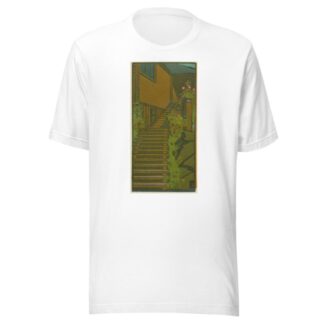Description
Stairs, an Architectural Study by Eric O. W. Ehrström printed on a T-Shirt
About the T-Shirt
Regular fit
Standard length, the fabric easily gives into movement
Casual wear
A classic, everyday option loved by our customers
Side-seamed
Constructed by sewing two parts together, creating a fitted look
The Unisex Staple T-Shirt feels soft and light with just the right amount of stretch. It’s comfortable and flattering for all. We can’t compliment this shirt enough–it’s one of our crowd favorites, and it’s sure to be your next favorite too!
- Solid colors are 100% Airlume combed and ring-spun cotton
- Ash color is 99% combed and ring-spun cotton, 1% polyester
- Heather colors are 52% combed and ring-spun cotton, 48% polyester
- Athletic and Black Heather are 90% combed and ring-spun cotton, 10% polyester
- Heather Prism colors are 99% combed and ring-spun cotton, 1% polyester
- Fabric weight: 4.2 oz./yd.² (142 g/m²)
- Pre-shrunk fabric
- 30 singles
- Side-seamed construction
- Tear-away label
- Shoulder-to-shoulder taping
- Blank product sourced from Nicaragua, Mexico, Honduras, or the US
Eric O. W. Ehrström (1881-1934)
Eric O. W. Ehrström was an exceptionally multi-talented artist. He designed jewellery, plates, textiles, furniture and buildings.
Ehrström was an art craftsman and industrial designer, skilled in embossing metal, enamel work and making jewellery. He produced stained glass paintings, frescos, sculptures and graphics; he illustrated and wrote books, drew and painted. Ehrström also worked as a conservator, teacher, curator and artistic director.
Ehrström’s heraldic output is extensive. It includes coats of arms, medals, stamps, even trademarks. He was a member of the Finnish Seal and Flag Committees, which designed the official emblems of the newly independent country. He also designed the crown of the King of Finland, although the country became a republic.
Ehrström’s interest in nature was professional. He photographed and sketched plants and their details, took from them subjects for decorative themes and ornamentation, and drew flora of various kinds.
Ehrström studied at the Finnish Art Society’s School of Drawing for only a year and then went to study with Axel Gallén at Kalela in 1899–1900. Gallén’s influence is evident in Ehrström and it directed him towards arts and crafts. It was through Gallén that Ehrström became acquainted with Gösta Serlachius.
After the Kalela period, Ehrström travelled to Paris to study metalworking. There he met Olga (Olli) Gummerus, whom he married in 1903. To Eric, Olga was a spouse, colleague and a beautiful, beloved subject of erotic fantasies. Eric’s output includes many homoerotic sketches, in which beautiful women frolick together. He himself is often depicted as a plump frog, watching from the sidelines.
Olga Gummerus-Ehrström (1876–1938) was also an artist, having studied at the Finnish Art Society’s School of Drawing as well as in Paris. She partly gave up her own career and worked alongside her husband on an equal footing in almost everything he did.
The childless couple bequeathed their art estate to the Fine Arts Foundation of Gösta Serlachius, who had been their patron.






Reviews
There are no reviews yet.